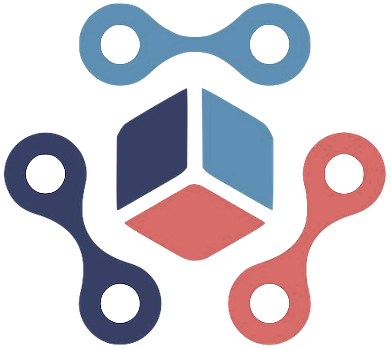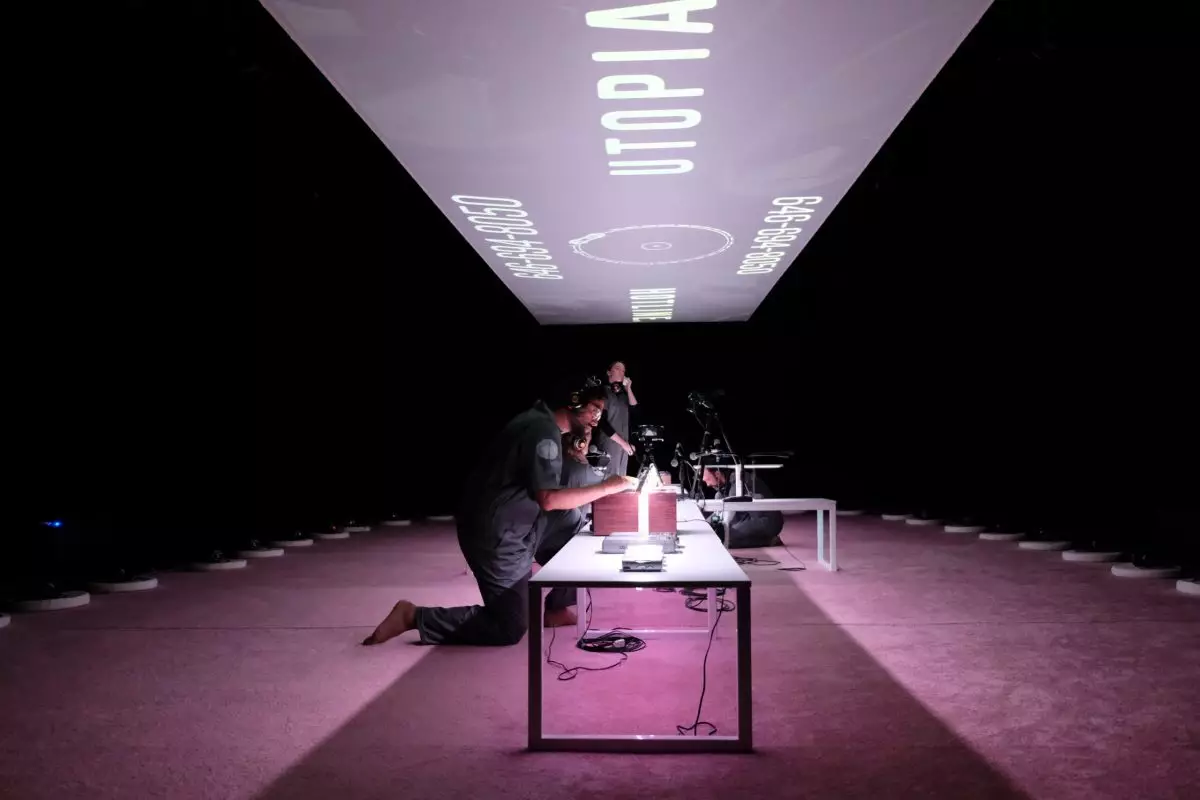In an era where technological advancements evoke both awe and apprehension, institutions like Lincoln Center are daring to envision a future where digital tools serve as catalysts for artistic evolution. Their Collider Fellowship exemplifies this forward-thinking approach, positioning technology not as a threat but as an empowering extension of human creativity. Instead of fearing the overshadowing influence of AI, virtual reality, and immersive sound systems, these initiatives reveal a vision of collaboration—where artists harness emerging tools to deepen storytelling, foster inclusivity, and push the boundaries of live performance.
This initiative underscores a vital shift: technology as an enabler rather than a replacement. It signifies an acknowledgment that our cultural future depends on embracing the possibilities digital innovations bring, especially when guided by thoughtful, purpose-driven artists. By fostering an environment for experimentation without rigid expectations of final output, Lincoln Center encourages risks, learning, and genuine exploration—values essential for genuine artistic breakthroughs.
Technological Tools as Artistic Allies
The metaphor of technology as a “paintbrush” or “mixer” is particularly illuminating, as it reframes AI and digital systems from sinister threats to versatile instruments. This perspective is crucial when confronting widespread fears about automation replacing human nuance in art. Instead, forward-looking creators recognize that these technologies can amplify human expression, allowing artists to craft multisensory experiences previously deemed impossible.
Consider Nona Hendryx’s Dream Machine project, which integrates AI, virtual reality, and augmented reality to immerse audiences—particularly marginalized groups—in vibrant Afrofuturist worlds. Such projects are not merely showcasing technological prowess but are actively working to democratize access to future-forward artforms. They challenge traditional narratives by centering Black and Brown voices, depicting futures where diverse identity becomes an integral part of technological innovation. This exemplifies how integrating culture with technology can forge inclusive spaces that reflect and celebrate multiplicity.
Reimagining Audience Engagement and Cultural Accessibility
Digital and immersive innovations are potent tools for broadening the reach of performing arts. While Lincoln Center remains a bastion of live performance rooted in its iconic location, its openness to virtual and augmented experiences signals an understanding that geography no longer limits audience engagement. The Collider Fellows’ projects, nurtured over nine months with studio space, funding, and mentorship, will likely spawn experiments capable of traversing physical borders.
More than just enhancing in-house performances, these technological endeavors have the potential to create global cultural dialogues. They can serve as bridges connecting distant communities, introducing new audiences to complex narratives rooted in specific identities or histories. This democratization of access aligns with a broader cultural shift: embracing digital literacy not as an ancillary skill but as an essential component of contemporary artistic practice.
Balancing Tradition and Innovation
Despite the enthusiasm for new tech, there’s an acknowledgment that the journey isn’t about discarding tradition but reimagining it. The diversity of projects emerging from Lincoln Center’s first cohort highlights this balance: some artists focus on rapid prototyping, others on deep research and slow development. Both approaches have merit, reflecting an understanding that technological art forms flourish both through experimentation and reflection.
Furthermore, the fellowship’s flexible structure—lacking strict expectations for final outcomes—embodies a progressive stance on artistic process. Creative growth, especially in unfamiliar digital terrains, often unfolds indirectly, through iterative learning and personal exploration. This open-ended approach nurtures innovation that’s genuine rather than transactional, promising deeper artistic resonance.
A New Age for Cultural Leaders and Creators
Lincoln Center’s embrace of emerging tech and its support for multidisciplinary artists embody a transformative vision—one where cultural institutions actively participate in shaping the future of arts and technology. Their willingness to invest in risktaking and experimentation signals a belief that monumental shifts come from nurturing nascent ideas, even if they require years of germination.
The inclusion of artists working in virtual performance, AI, immersive sound, and hybrid identities highlights a commitment to diversity—not only in the stories told but also in the mediums used. This approach ensures that the arts remain vibrant, relevant, and capable of inspiring change at societal levels. As these ideas develop, the arts community must remain vigilant, critically evaluating which innovations genuinely serve inclusive storytelling and which risk superficial novelty.
In closing, the Lincoln Center’s Collider Fellowship is more than a program; it’s a statement that the future of art depends on fearless exploration and inclusivity. By integrating innovation with cultural sensitivity, these artists, and the institutions that support them, are shaping an artistic universe where technology amplifies human potential rather than diminishes it. That is a promising, formidable step toward a genuinely transformative cultural landscape.

